EV and EV Motor Evaluation Using CAN/CAN FD
Accurately assess behavior during HILS testing and vehicle evaluation by simultaneously measuring control and sensor data on the CAN bus and actual analog values.
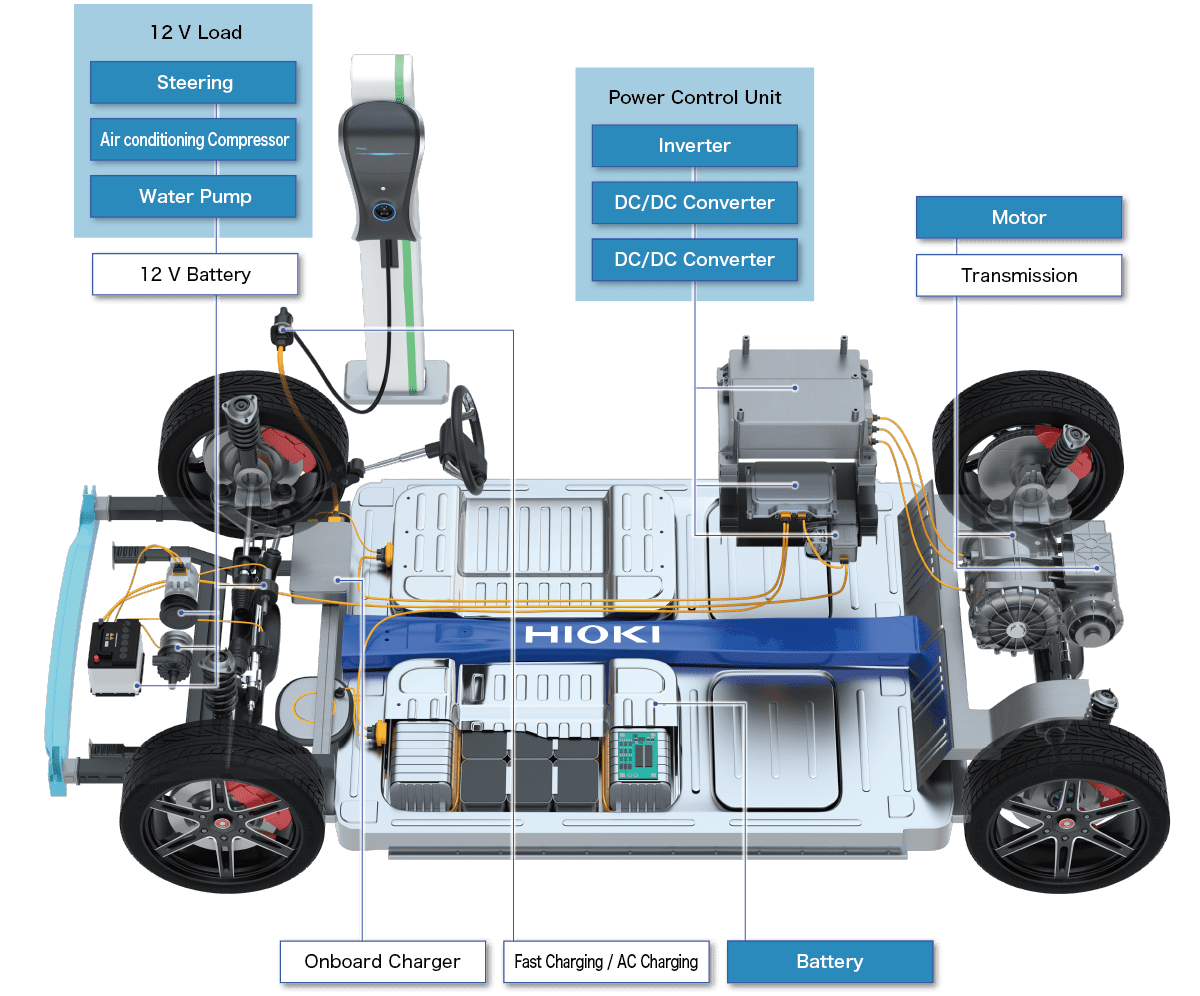
Measurement Example
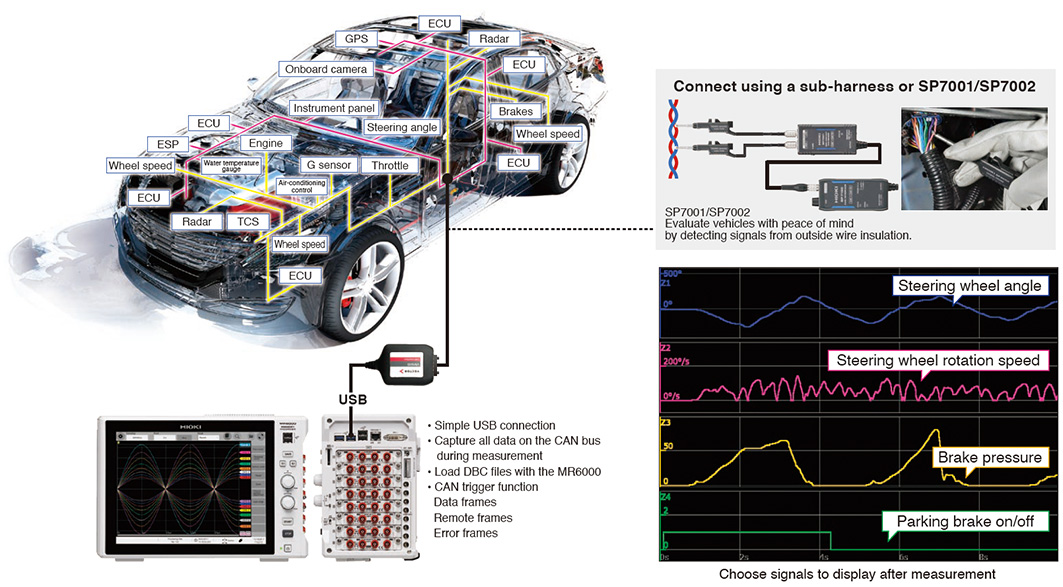
Vehicle evaluation
When dealing with parameters that are difficult to measure in assembled vehicles, you can use data on the CAN bus to assess vehicle condition and status. Use the Non-Contact CAN Sensor SP7001/SP7002 to monitor a CAN bus without the need for bothersome preparations like fabricating sub-harnesses or modifying cables. Simply remove the sensors when you're finished, without any effect on the vehicle.
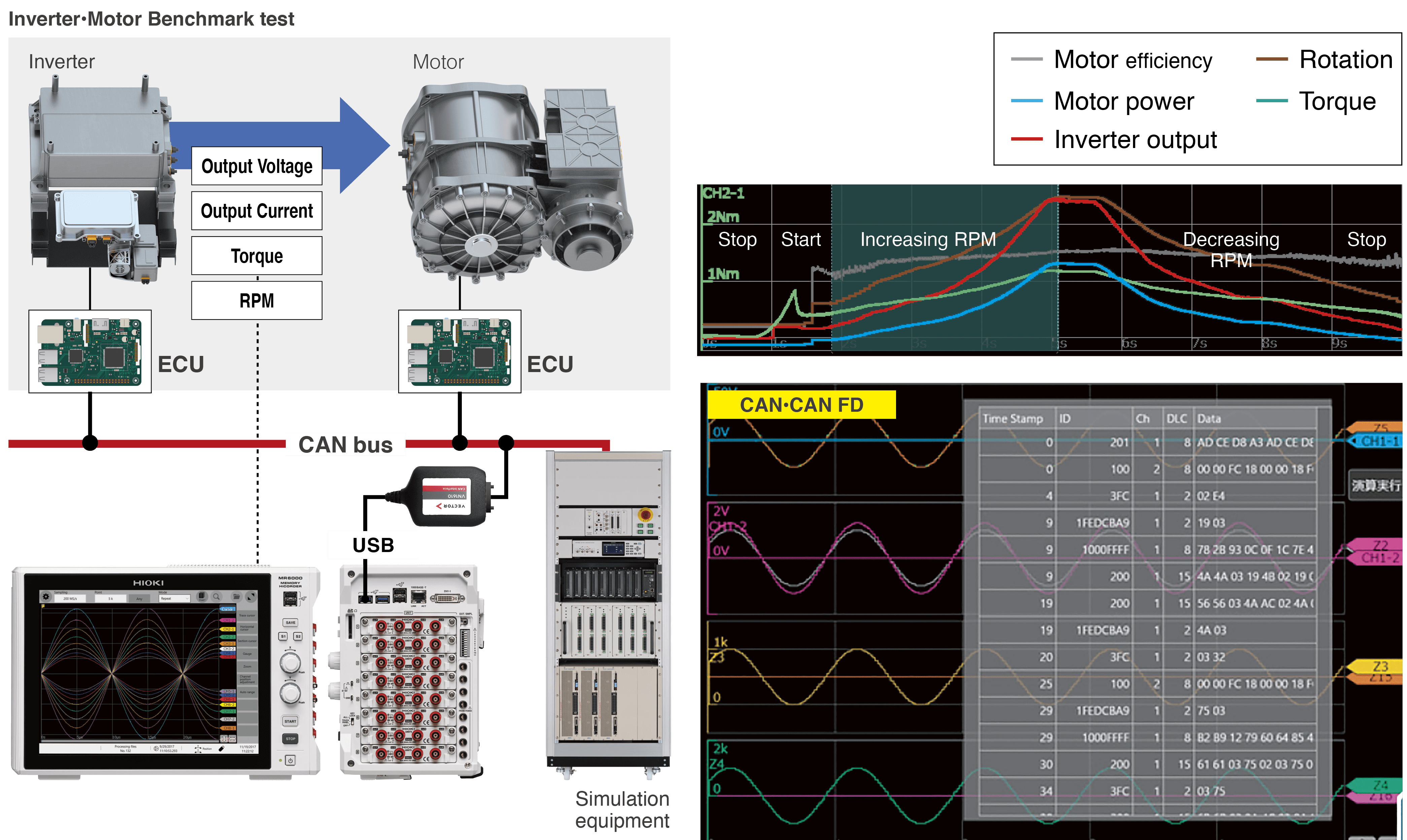
HILS evaluation
In HILS evaluation, a simulation system reproduces CAN signals and other parameters based on the situation being simulated. The motor or inverter is controlled while assessing the condition of its ECU based on CAN data. Motor characteristics and efficiency can be calculated under a variety of anticipated conditions by capturing CAN signals along with data such as inverter output voltage and current, torque, and frequency.
Instruments Used
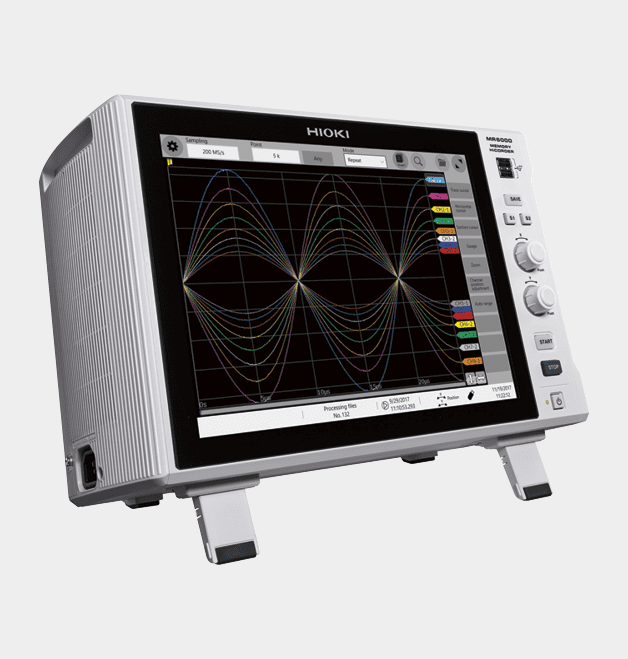
MEMORY HiCORDERMR6000, MR6000-01
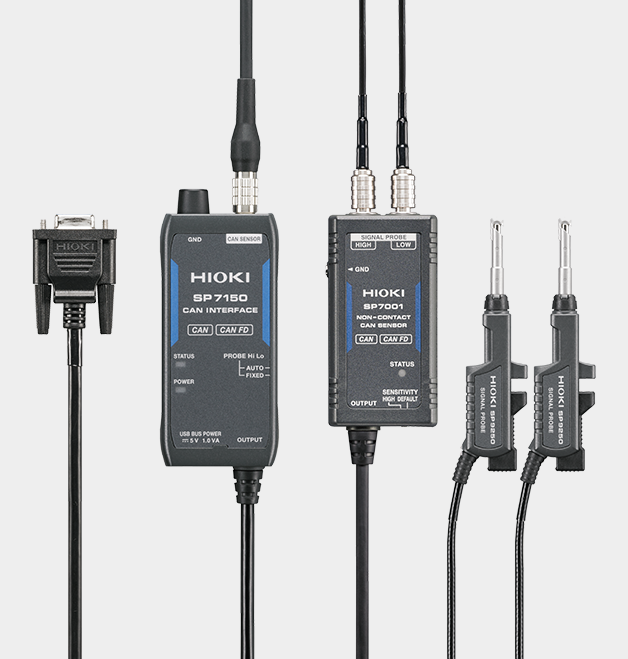
NON-CONTACT CAN SENSORSP7001, SP7002
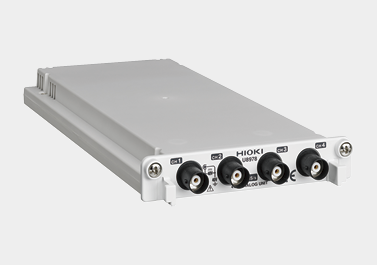
4CH ANALOG UNITU8978
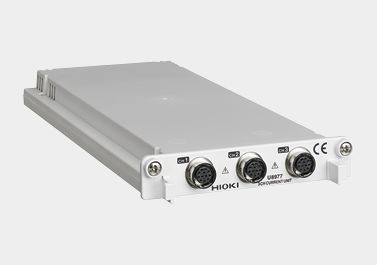
3CH CURRENT UNITU8977
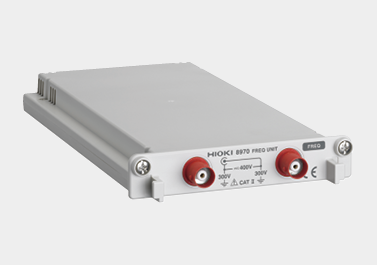
FREQ UNIT8970
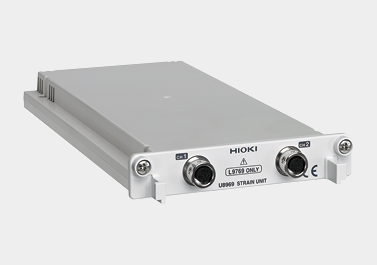
STRAIN UNITU8969
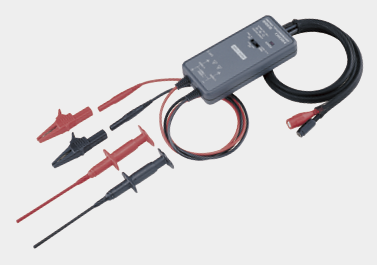
DIFFERENTIAL PROBE9322
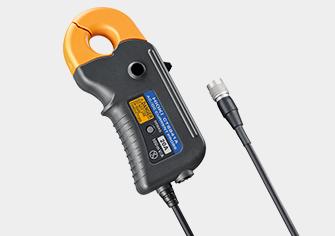
AC/DC CURRENT PROBECT6841A
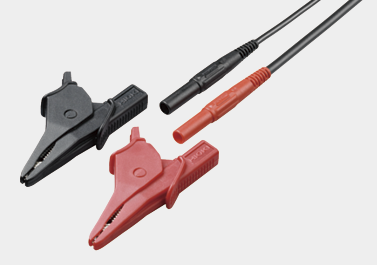
CONNECTION CORDL9197
Torque sensor*(strain gage-type converter)
*: Contact the sensor manufacturer for details about sensors.
